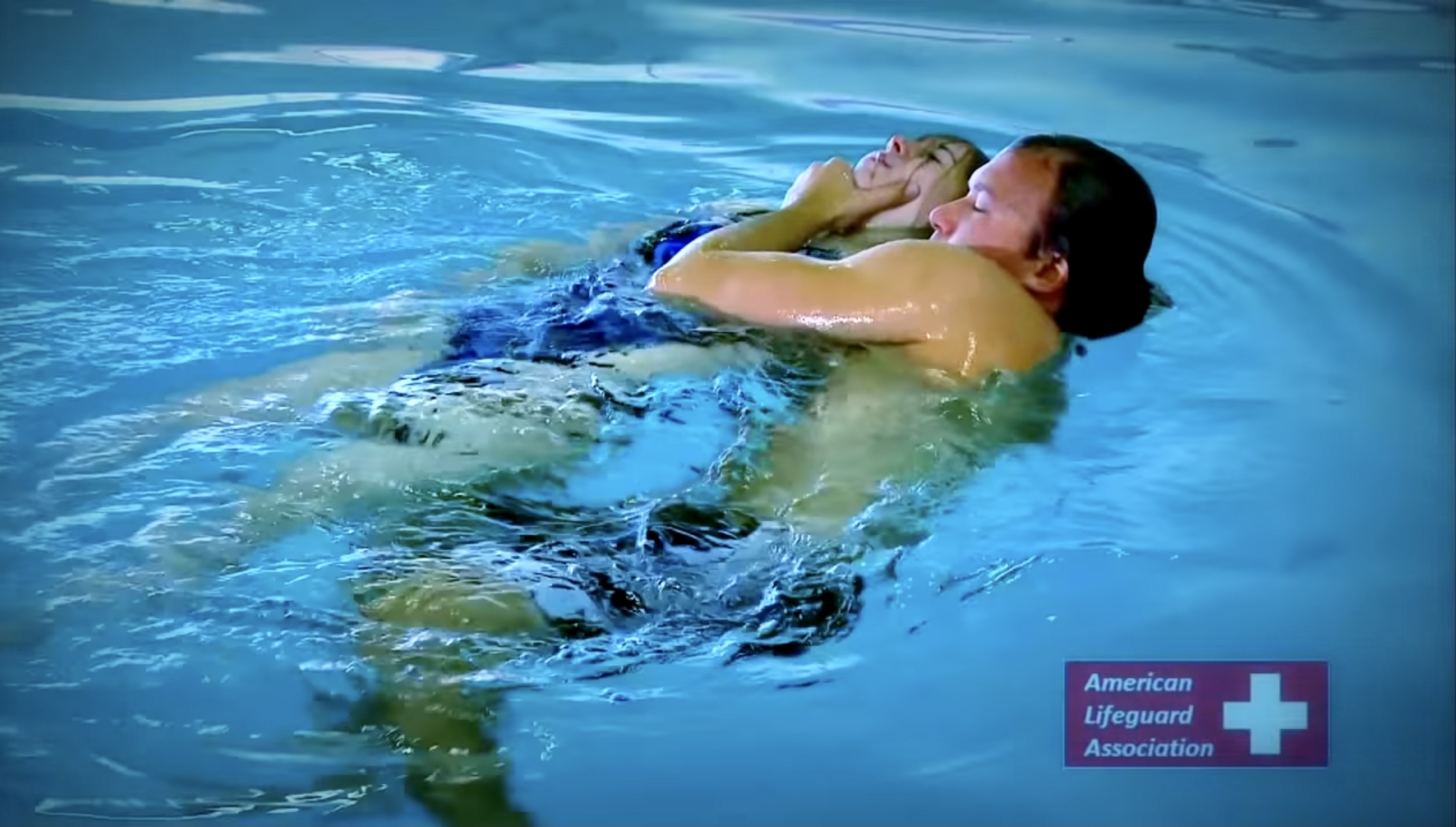
Lifeguard training is a crucial aspect of water safety, equipping individuals with the skills and knowledge necessary to handle emergencies effectively. At American Lifeguard USA, we prioritize comprehensive training that ensures lifeguards are prepared to respond to various scenarios, safeguarding lives and maintaining safety standards. This article explores the various elements of lifeguard training and how they prepare you for real-life emergencies.
The Importance of Lifeguard Training
Lifeguard training is essential for anyone responsible for overseeing aquatic environments. It provides the necessary skills to prevent and respond to emergencies, ensuring the safety of swimmers and other water users. By undergoing lifeguard training, you gain the confidence and competence needed to handle stressful situations, making it a critical investment for anyone pursuing a career in water safety.
Key Components of Lifeguard Training
1. Basic Life Support (BLS) and First Aid
One of the primary components of lifeguard training is Basic Life Support (BLS) and First Aid. These skills are fundamental in responding to emergencies such as cardiac arrest, respiratory distress, and injuries.
- Cardiopulmonary Resuscitation (CPR): Lifeguard training includes CPR techniques for adults, children, and infants, ensuring you can provide immediate assistance in cases of cardiac arrest.
- Automated External Defibrillator (AED) Training: Knowing how to use an AED can be life-saving, and lifeguard training covers the operation and application of this device.
- First Aid: This encompasses treating minor injuries, controlling bleeding, and managing shock until professional medical help arrives.
2. Water Rescue Techniques
Effective water rescue techniques are vital for a lifeguard’s role. These techniques are designed to ensure the safety of both the rescuer and the victim.
- Swimming Skills: Lifeguard training enhances your swimming capabilities, focusing on speed, endurance, and efficiency.
- Rescue Equipment Usage: Training includes the use of rescue tubes, buoys, and other equipment to perform safe and effective rescues.
- Approach and Rescue Methods: Learn various approaches to a victim, including reaching assists, wading assists, and swimming rescues.
3. Surveillance and Prevention
Preventing emergencies is as crucial as responding to them. Lifeguard training emphasizes the importance of surveillance and preventive measures.
- Scanning Techniques: Learn how to effectively scan the water and surrounding areas to detect potential hazards and emergencies early.
- Risk Assessment: Understand how to identify and mitigate risks in an aquatic environment.
- Preventive Actions: Training includes educating swimmers about safety rules and enforcing those rules to prevent accidents.
Specialized Lifeguard Training Programs
1. Lifeguard Training Courses
American Lifeguard USA offers comprehensive lifeguard training courses that cover all aspects of water safety. These courses are designed to provide you with a solid foundation in lifeguarding skills.
- Standard Lifeguard Training: This course includes BLS, water rescue techniques, and surveillance strategies.
- Advanced Lifeguard Training: For those looking to enhance their skills, advanced courses cover additional rescue techniques and leadership training.
2. Lifeguard Training Online
For those who prefer flexible learning options, lifeguard training online is available. This allows you to complete the theoretical components of the training at your own pace.
- Blended Learning: Combine online theoretical training with in-person practical sessions to achieve certification.
- Interactive Modules: Online training includes interactive modules, videos, and quizzes to enhance learning.
3. Lifeguard Training Near Me
Finding lifeguard training near you is easy with American Lifeguard USA. Our training programs are available in various locations, ensuring accessibility for everyone.
- Local Training Centers: Conveniently located centers provide hands-on training with experienced instructors.
- Community Programs: Participate in community-based training programs that focus on local water safety needs.
How Long is Lifeguard Training?
The duration of lifeguard training varies depending on the course and level of certification. Typically, standard lifeguard training courses range from 20 to 30 hours, which can be completed over a few days or weeks. Advanced training programs may require additional hours for specialized skills and leadership training.
How Long Does Lifeguard Training Take?
The time it takes to complete lifeguard training depends on the format and schedule of the course. Full-time intensive courses can be completed in a week, while part-time or online courses may extend over several weeks. Regardless of the format, the training is designed to be thorough, ensuring you are well-prepared for emergencies.
Career Opportunities with Lifeguard Training
Completing lifeguard training opens up various career opportunities in the field of water safety. Here are some potential career paths:
1. Professional Lifeguard
As a certified lifeguard, you can work at pools, beaches, water parks, and recreational facilities. Your primary role will be to ensure the safety of swimmers and respond to emergencies.
2. Lifeguard Instructor
With additional training and experience, you can become a lifeguard instructor, teaching and certifying new lifeguards. This role involves conducting training sessions, assessing skills, and ensuring the quality of lifeguard programs.
3. Aquatic Facility Manager
Aquatic facility managers oversee the operations of swimming pools and other aquatic facilities. This role includes managing staff, ensuring compliance with safety regulations, and maintaining the facility.
4. Water Safety Consultant
Water safety consultants work with organizations to develop and implement safety programs. This role involves conducting risk assessments, providing training, and creating safety protocols. Read more informative article click here.
Final Words
Lifeguard training is a comprehensive and essential process that prepares individuals for emergencies in aquatic environments. Through a combination of BLS and First Aid, water rescue techniques, and surveillance strategies, lifeguard training ensures you are equipped to handle various situations effectively. American Lifeguard USA offers diverse training programs, including in-person courses and online options, making it accessible for everyone.